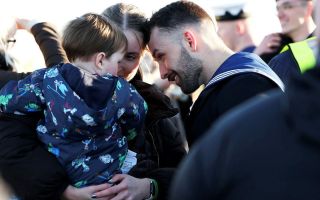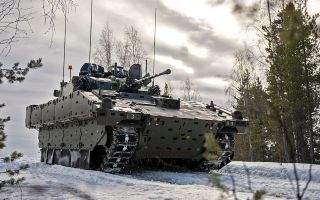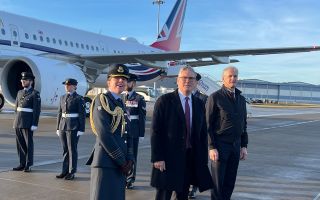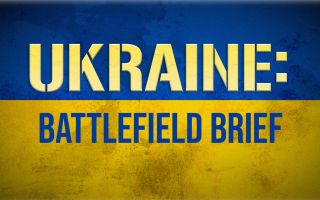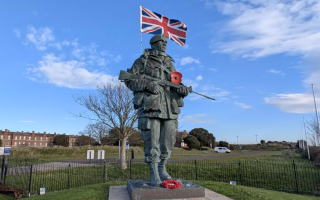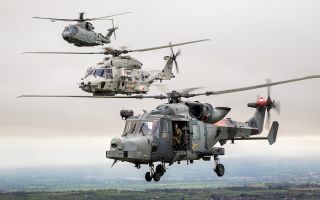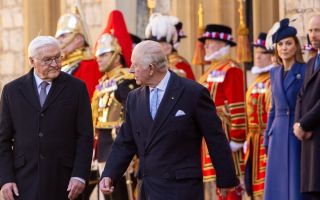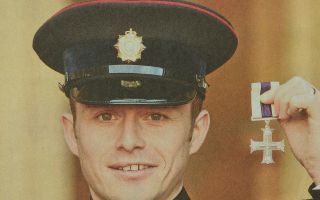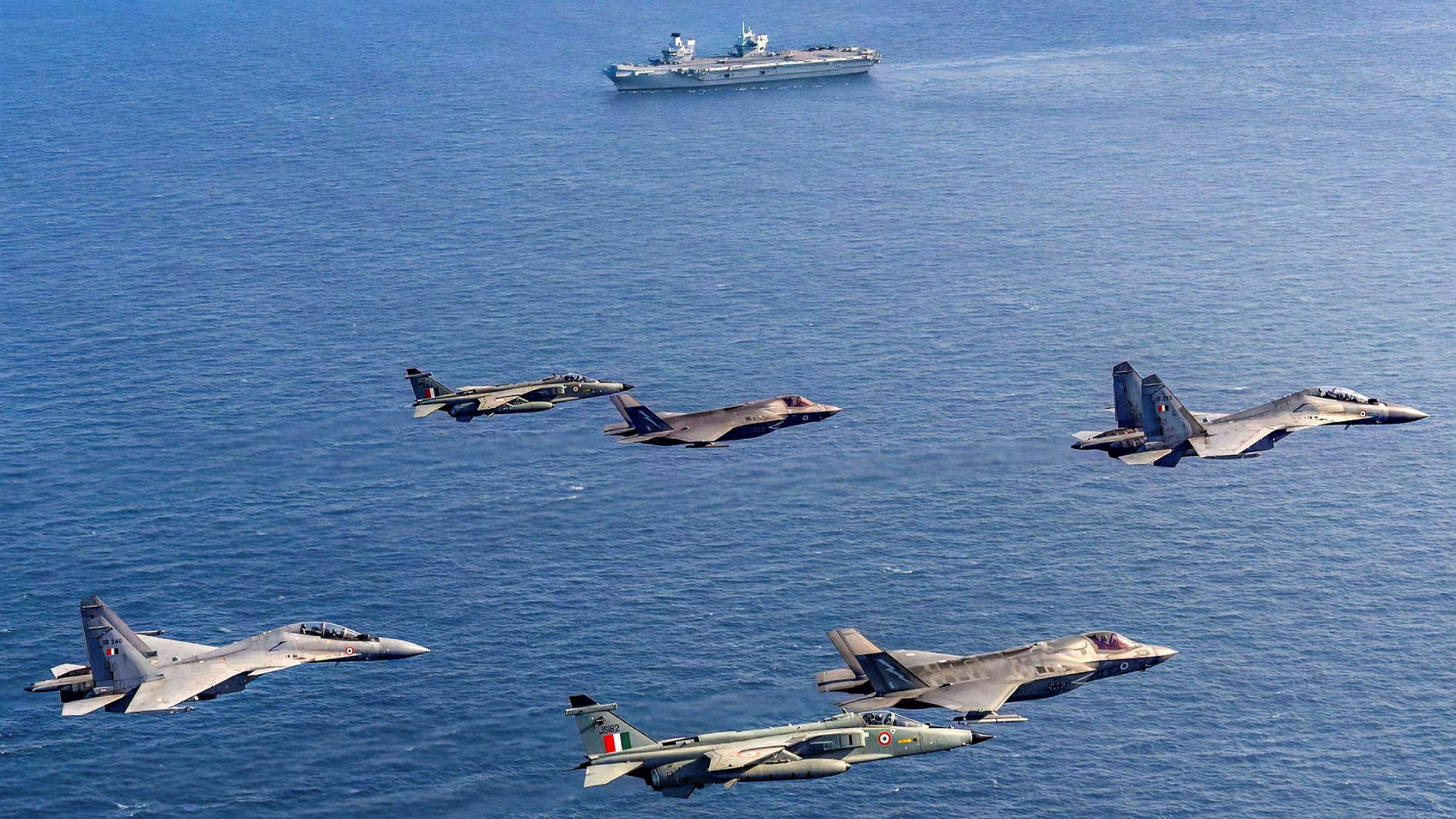
Lightning Force: F-35B fighter jets showcase the future of multi-domain warfare

Six months into their deployment with the Carrier Strike Group, F-35B Lightning jets have showcased the potential of fifth-generation air power across multiple regions.
Launched in April under Operation Highmast, the jets have conducted a wide-ranging series of missions, spanning from the Mediterranean to the Indo-Pacific.
More than a display of military capacity, their deployment underscores the UK's commitment to Nato's nuclear mission to preserve peace, prevent coercion and deter aggression.
Stealth, speed, and data-driven dominance
The F-35B Lightning is a multi-role aircraft, capable of conducting air-to-surface, electronic warfare, intelligence-gathering and air-to-air missions simultaneously, giving pilots the ability to shape the battlefield, not just react to it.
What sets the aircraft apart is its advanced sensor fusion technology, combining radar, infrared and electronic warfare inputs, allowing pilots to highlight threats and opportunities.
The jet's helmet-mounted display system projects a 360° picture around the pilot, pulling in imagery from sensors built into the jet's skin. This allows pilots to effectively 'see through' the aircraft, even while manoeuvring, and track multiple threats simultaneously.
Critically, this data can be passed instantly to ships, ground units or other aircraft.
Unlike earlier-generation fighter jets, the Lightning is designed to carry its weaponry internally, decreasing drag and minimising its radar signature, helping its stealth capabilities.
In cases when firepower takes precedence, the aircraft can be outfitted in 'beast mode', mounting additional munitions externally for increased payload.
Depending on the mission, the typical armament on the F-35B includes a 25mm cannon, two bays for air missiles and a further two for bombs weighing up to 450kg.
There are also two wingtip mounts for air-to-air missiles and four for air-to-surface or ground missiles.
Another defining feature is its short take-off and vertical landing (STOVL) capability, made possible by the Rolls-Royce lift system, capable of delivering 20,000lbf of cold thrust.
The Lightning Force – a joint RAF and Royal Navy unit based at RAF Marham – oversees operations of the nation's fleet of F-35Bs.
According to Veterans and People Minister Louise Sandher-Jones, in answer to a Parliamentary question, as of 12 November, the UK has received 41 of the fifth-generation fighter jets out of the 48 to be delivered by the end of 2025.
A further 74 aircraft will be procured by 2033, bringing the UK to full operational capacity.
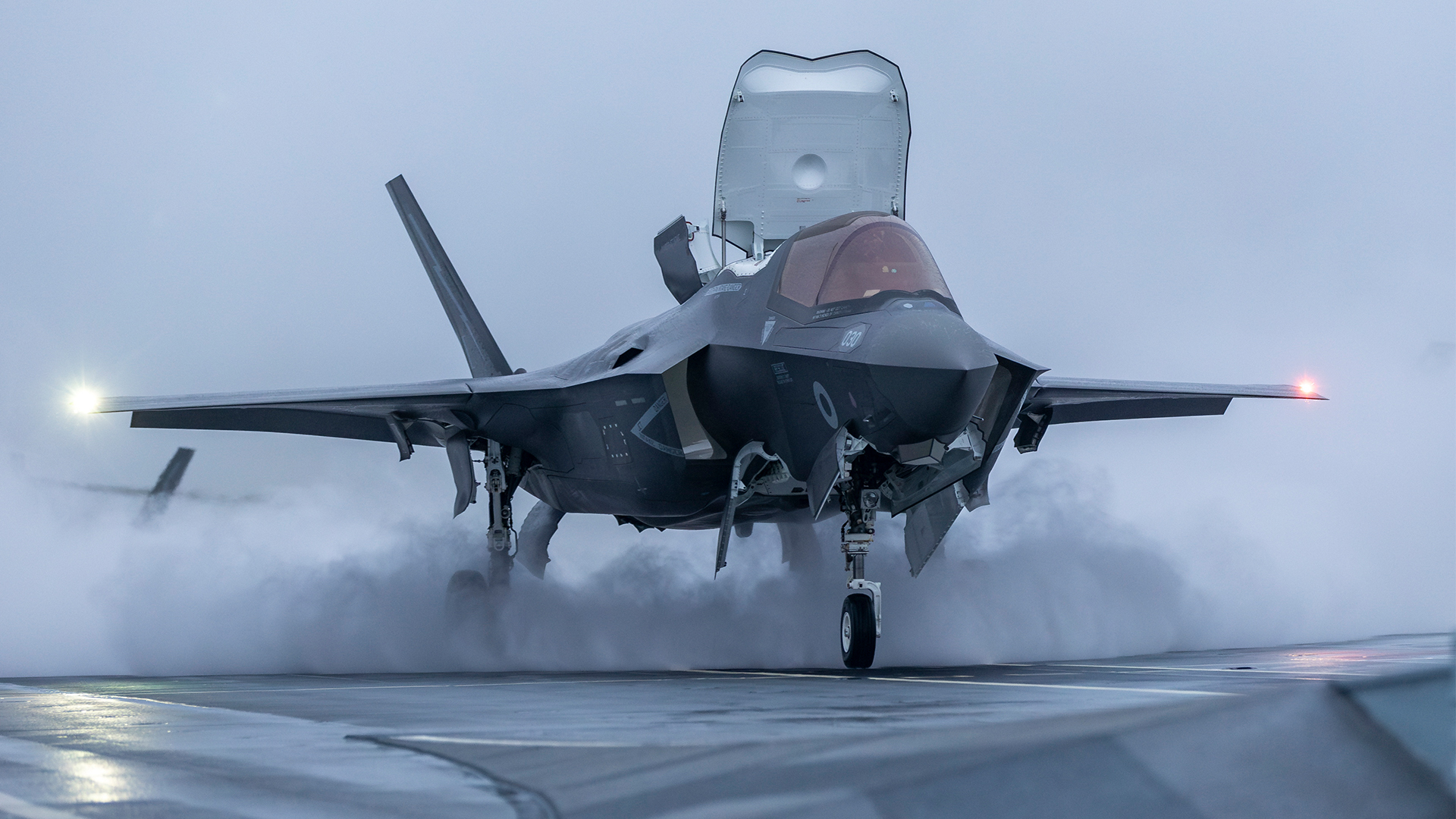
Air power across multiple domains
F-35Bs are currently deployed on Operation Highmast, a multinational deployment by the UK's Carrier Strike Group – with HMS Prince of Wales at its centre – operating across the Indo-Pacific region and the Mediterranean Sea.
As the lead nation in this operation, the United Kingdom plays a pivotal role in the planning, coordination, and execution of all activities, movements, and exercises.
Under the operation, more than 4,000 personnel across the Royal Navy, RAF, and the British Army work in close coordination with the Carrier Strike Group, which has already conducted more than 70 engagements with regional partners.
Highlights include UK F-3Bs touching down on the Japanese carrier JS Kaga – a symbol of UK-Japan cooperation – and joint exercises with Singapore, Malaysia and Australia.
Ultimately, the F-35B brings stealth, sensor fusion, helmet technology, networking and STOVL flexibility together in a way no previous aircraft could.
But its greatest strength may be less about the jet itself and more about what it enables: coalition pilots fighting as one, across vast distances in one of the most strategically contested regions on earth.

